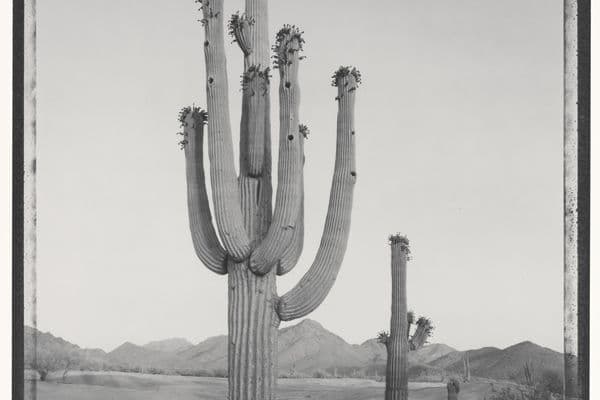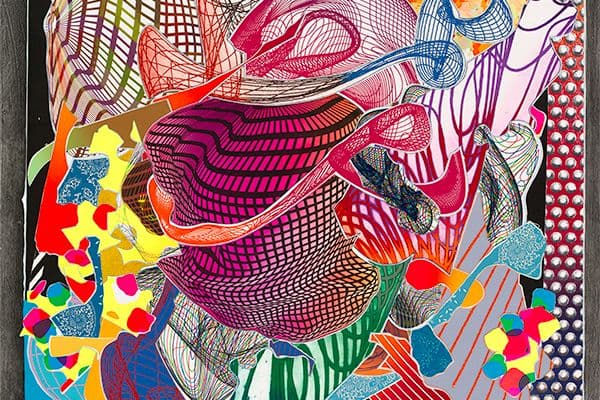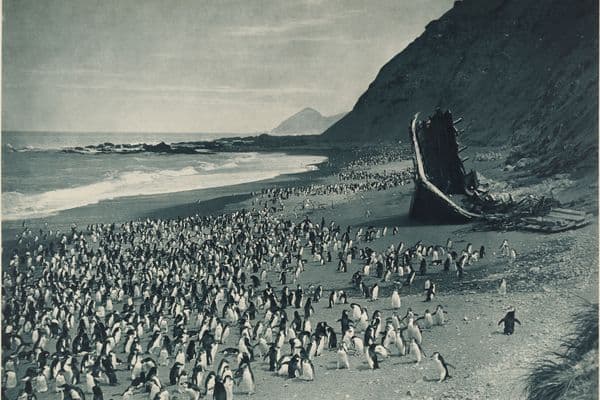Mexican Modernism
14 Apr 2017 – 26 Nov 2017

Anton Bruehl, Tomando el sol, San Juan Teotihuacan [Sunbathing, San Juan Teotihuacan], Gift of American Friends of the National Gallery of Australia, Inc., New York, NY, USA, made possible with the generous support of Anton Bruehl Jr, 2006
About
The Mexican Revolution had a significant effect on international culture. The series of social upheavals and conflicts we ascribe to the decade-long revolution, which began in 1910, had far-reaching social and political impact – with tragically more than 1.4 million casualties. However, the period that followed was for many one of tremendous possibility and change, resulting in widespread reform and leaps forward in industrialisation. Coinciding with the centenary of Mexico’s independence from Spain, the post-revolutionary or reconstruction period created many opportunities for artists, writers and political figures to galvanise previously fragmented states and communities to forge a coherent, authentic national identity that was modern and at the same time unique to Mexico.
Details of the revolution were scantily reported outside Mexico, yet reports in progressive publications attracted the attention of artists and writers. Interest in contemporary Mexican art and culture grew tremendously in the 1920s and 1930s, with leading cultural figures from Europe and North America making pilgrimages to Mexico to both participate in and to document the cultural flowering that followed the revolution.
The post-revolutionary period had a profound impact on photography. The medium was used in the service of both forging and witnessing a new Mexican identity and spirit. Mexico provided a unique experience of modern life; one that saw the local and the international, the traditional and the modern, the agrarian and the industrial come together in an entirely new way. For a number of photographers, the experience of post-revolutionary Mexico led to new ways of seeing the world, catalysing the development of a very particular and immensely influential modernist style.
Artists' Biographies
Manuel Álvarez Bravo
Mexico’s reinvention after the revolution, which Manuel Álvarez Bravo witnessed as a boy, saw avant-garde and indigenous history given privilege over Catholic colonialism and other imposed cultures. His work is undeniably very specific to place, but he brought to Mexican photography a profound, indeed critical, interest in the history of photography. Álvarez Bravo came from a family of artists and became friends with many painters and poets, who influenced his work. He met Tina Modotti soon after her arrival in Mexico in 1923 and through her, Edward Weston. Later he met Paul Strand and in 1935 exhibited with Henri Cartier-Bresson. His work reflected all of these influences and more, finding in Mexico a modernist photographic language that was at once poetic, surrealist and documentary. A maker of carefully observed scenes of everyday life that were poetic, evocative and sparse, he is widely regarded as one of the great photographers of the twentieth century.
Anton Bruehl
Born in South Australia, Anton Bruehl travelled to the United States at the age of nineteen and established a successful career in New York as a pioneering colour photographer in advertising. He made a personal trip to Mexico in 1932 and the black-and-white images he took there became his finest body of work. Intimate, quiet and sparse, the images contain an often sombre tone, which may echo Bruehl’s ambivalent feelings for the place: his teacher, mentor and close friend, Clarence H White, had suddenly died while visiting Mexico City in 1925. Bruehl departed from the exoticism and Spanish-flavoured Catholicism often present in other visiting photographers’ images of Mexico. Instead, his carefully posed images, primarily portraits, reflect his straightforward and sympathetic approach to his subjects. Their faces, he wrote, ‘are exciting with a strange beauty, a beauty that has in it centuries of suffering’.
Henri Cartier-Bresson
Since the late 1920s, Mexico had been governed by the National Revolutionary Party, whose policies were based on Marxism. The left-leaning avant-garde in France, of which Henri Cartier-Bresson was a member, admired its revolutionary zeal and many of its members travelled to Mexico to experience the country firsthand. In 1934 Cartier-Bresson signed up for a French ethnographic mission that was supposed to take him to Argentina. In the end, the mission was suspended and instead he spent a year in Mexico, arriving in June. Based in Mexico City, he worked for several newspapers. He moved in the artistic and intellectual circles and it was a year of breakthrough in his photography. In March 1935, he exhibited with Manuel Álvarez Bravo at the Palacio de Bellas Artes and their work was also shown together that year in New York at Julien Levy Gallery.
Tina Modotti
In July 1923 Tina Modotti, who had acted in a number of films in San Francisco, travelled down to Mexico City with Edward Weston and his son Chandler. They ran a portrait studio and quickly became an important part of the cultural scene. Taught by Weston she went on to become an accomplished, visionary photographer in her own right, in a career spanning only seven years. While Weston tended to photograph Mexico’s landscape and folk arts, Modotti’s focus was on the people, and increasingly on their political struggle. When Weston returned to the States in 1926, Modotti remained. She worked across a number of areas; documenting folk art for various publications and books and recording the work of the muralists Diego Rivera and José Clemente Orozco. At times she struggled with the tension between making art and being engaged politically. Despite this, she was able to combine a political and social activism with images of great modernist power. As Rivera wrote, ‘Her work flowers perfectly in Mexico and harmonises exactly with our passions.’
Grant Mudford
Australian photographer Grant Mudford has been living in the United States since the 1970s. He first visited the country in 1974, and Australia Council funding supported extensive travel throughout the southern and south-western states between 1975 and 1977. Travelling in a 1971 Volkswagen Westfalia Camper, often with his girlfriend at the time, fashion designer Zandra Rhodes, Mudford made a number of short trips across the US–Mexico border before driving into the country en route to Central America in 1976. While sickness meant Mudford never made it to Central America, he travelled throughout the north and western parts of the country. His journey was influenced by the earlier experiences of Edward Weston: he travelled with a copy of Weston’s published diaries, which detailed the places and people he met in Mexico.
Paul Strand
American photographer Paul Strand travelled to Mexico in 1932, initially on a personal journey. He was soon commissioned by the Secretariat of Public Education, one of the national institutions established immediately following the revolution, to photograph and film the people, landscapes and architecture of Mexico. Strand spent two years in Mexico, travelling the countryside and – across as few as 148 negatives – recording the small towns and vernacular architecture, churches and religious icons, people and landscapes he encountered. In effect, Strand was documenting the unique aspects of Mexico and rural life that might contribute to the modern national character being established by the post-revolutionary government.
Edward Weston
Californian photographer Edward Weston visited Mexico twice during the 1920s, each time with his friend and lover, Italian actress and photographer Tina Modotti. Mexico represented for Weston a place of freedom and creative potential. While the association of Mexico with creative or personal freedom for some American artists and writers was based on the country’s progressive political context, Weston’s escape to Mexico was purely personal. He left behind in California an unhappy marriage and a portrait studio that he found creatively stifling. And while he was motivated by the opportunities Mexico offered personally, his experience almost immediately galvanised new aesthetic and stylistic directions. His and Modotti’s particular version of modernist photography was extremely influential among Mexican photographers, some of whom were seen to imitate Weston’s approach. While many Mexican critics praised his ability to capture the modernity of the industrial age, others still challenged the influence of his ‘Anglo-Saxon sensibility’ on Mexican photographers.











